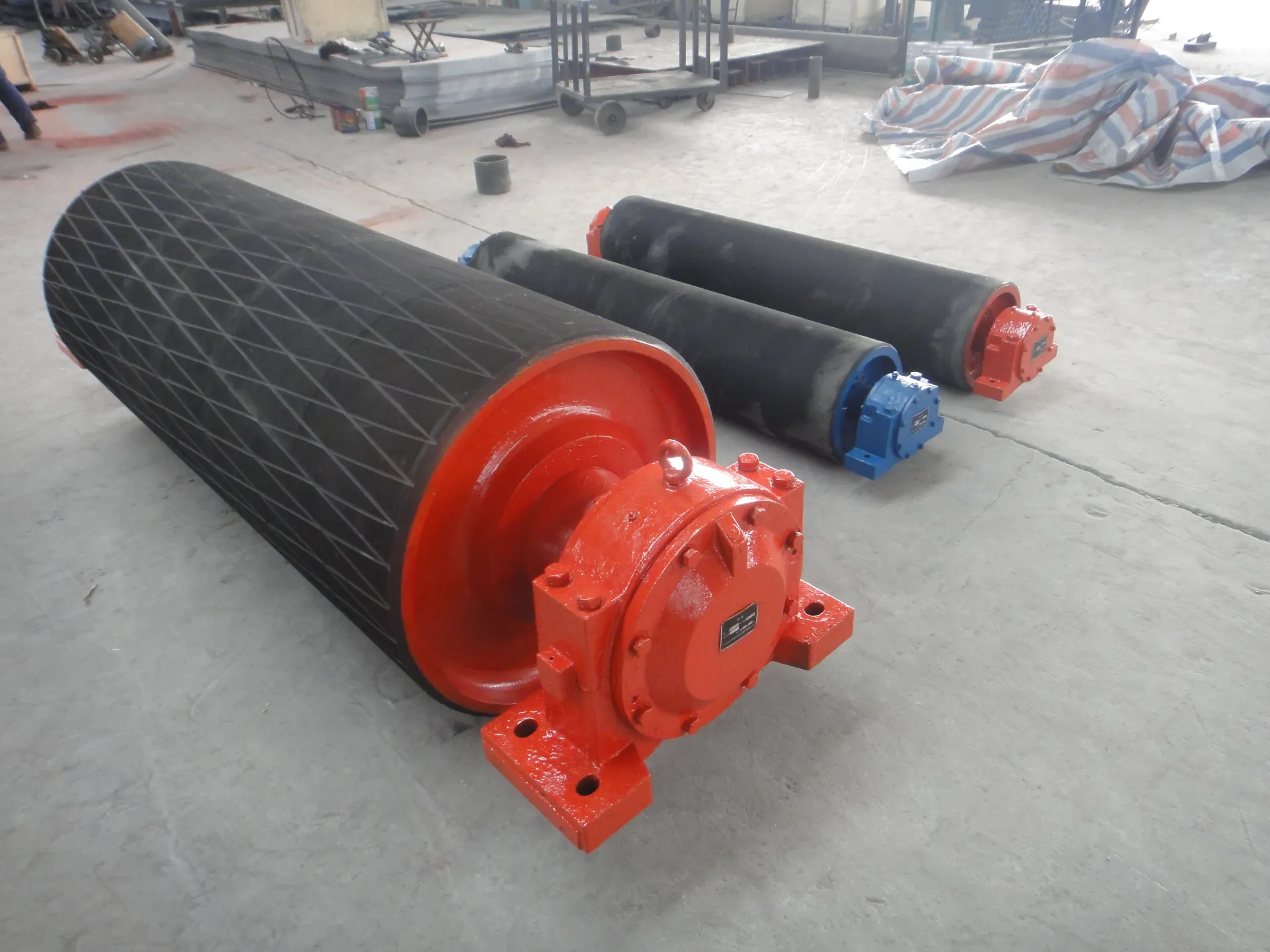 Afrikaans
Afrikaans  Albanian
Albanian  Amharic
Amharic  Arabic
Arabic  Armenian
Armenian  Azerbaijani
Azerbaijani  Basque
Basque  Belarusian
Belarusian  Bengali
Bengali  Bosnian
Bosnian  Bulgarian
Bulgarian  Catalan
Catalan  Cebuano
Cebuano  Corsican
Corsican  Croatian
Croatian  Czech
Czech  Danish
Danish  Dutch
Dutch  English
English  Esperanto
Esperanto  Estonian
Estonian  Finnish
Finnish  French
French  Frisian
Frisian  Galician
Galician  Georgian
Georgian  German
German  Greek
Greek  Gujarati
Gujarati  Haitian Creole
Haitian Creole  hausa
hausa  hawaiian
hawaiian  Hebrew
Hebrew  Hindi
Hindi  Miao
Miao  Hungarian
Hungarian  Icelandic
Icelandic  igbo
igbo  Indonesian
Indonesian  irish
irish  Italian
Italian  Japanese
Japanese  Javanese
Javanese  Kannada
Kannada  kazakh
kazakh  Khmer
Khmer  Rwandese
Rwandese  Korean
Korean  Kurdish
Kurdish  Kyrgyz
Kyrgyz  Lao
Lao  Latin
Latin  Latvian
Latvian  Lithuanian
Lithuanian  Luxembourgish
Luxembourgish  Macedonian
Macedonian  Malgashi
Malgashi  Malay
Malay  Malayalam
Malayalam  Maltese
Maltese  Maori
Maori  Marathi
Marathi  Mongolian
Mongolian  Myanmar
Myanmar  Nepali
Nepali  Norwegian
Norwegian  Norwegian
Norwegian  Occitan
Occitan  Pashto
Pashto  Persian
Persian  Polish
Polish  Portuguese
Portuguese  Punjabi
Punjabi  Romanian
Romanian  Russian
Russian  Samoan
Samoan  Scottish Gaelic
Scottish Gaelic  Serbian
Serbian  Sesotho
Sesotho  Shona
Shona  Sindhi
Sindhi  Sinhala
Sinhala  Slovak
Slovak  Slovenian
Slovenian  Somali
Somali  Spanish
Spanish  Sundanese
Sundanese  Swahili
Swahili  Swedish
Swedish  Tagalog
Tagalog  Tajik
Tajik  Tamil
Tamil  Tatar
Tatar  Telugu
Telugu  Thai
Thai  Turkish
Turkish  Turkmen
Turkmen  Ukrainian
Ukrainian  Urdu
Urdu  Uighur
Uighur  Uzbek
Uzbek  Vietnamese
Vietnamese  Welsh
Welsh  Bantu
Bantu  Yiddish
Yiddish  Yoruba
Yoruba  Zulu
Zulu conveyor tail drum
The Importance of the Conveyor Tail Drum in Material Handling Systems
In the realm of industrial material handling, conveyors play a pivotal role in the efficient transportation of goods. One often overlooked component of this system is the conveyor tail drum. This crucial element may appear to be a mere support structure, but its functionality extends far beyond that. It is essential in ensuring the smooth operation of a conveyor system and, by extension, the efficiency of entire production lines.
A conveyor tail drum, often referred to as a tail pulley, is positioned at the end of the conveyor belt. Its primary function is to support the belt and ensure it maintains the proper tension as it operates. Proper tension is critical; too much tension can lead to excessive wear on the belt and components, while too little can cause slippage and misalignment. Therefore, the tail drum plays an integral role in the longevity and reliability of the conveyor system.
One of the significant responsibilities of the conveyor tail drum is to facilitate the return movement of the belt. As the belt moves products from one point to another, it must eventually return to its starting position for the process to continue. The tail drum helps direct the belt back in a controlled manner, allowing the conveyor to operate continuously. This is especially important in high-volume production environments where downtime can lead to significant losses.
conveyor tail drum

Moreover, the design and material of the tail drum are critical considerations in its effectiveness. Tail drums are typically made from robust materials such as steel to withstand the stresses and strains of heavy loads and continuous operation. Additionally, these drums are often equipped with rubber coatings or other materials to enhance grip and reduce wear on the conveyor belt. The drum's diameter is also an essential factor; it must be large enough to provide sufficient support while minimizing the belt's flexing around it, which can contribute to wear and tear.
Regular maintenance of the conveyor tail drum is vital to ensure the overall health of the conveyor system. Operators should routinely inspect the drum for any signs of damage, such as cracks or misalignment. Additionally, keeping the bearings well-lubricated will prevent friction and overheating, which can lead to costly downtime and repairs. By ensuring the tail drum is in good condition, companies can prolong the life of their conveyor belts and maintain operational efficiency.
In conclusion, while the conveyor tail drum may not be the most glamorous component of a material handling system, its role is undeniably crucial. It contributes to the proper functioning, durability, and efficiency of conveyor systems. By prioritizing the maintenance and selection of high-quality tail drums, companies can enhance their material handling processes, reduce operational costs, and ultimately ensure a smoother workflow in their production lines. The tail drum stands as a testament to the importance of every component in a complex system, reminding us that effective material handling relies on the harmony of all parts working together.
-
Revolutionizing Conveyor Reliability with Advanced Rubber Lagging PulleysNewsJul.22,2025
-
Powering Precision and Durability with Expert Manufacturers of Conveyor ComponentsNewsJul.22,2025
-
Optimizing Conveyor Systems with Advanced Conveyor AccessoriesNewsJul.22,2025
-
Maximize Conveyor Efficiency with Quality Conveyor Idler PulleysNewsJul.22,2025
-
Future-Proof Your Conveyor System with High-Performance Polyurethane RollerNewsJul.22,2025
-
Driving Efficiency Forward with Quality Idlers and RollersNewsJul.22,2025





























